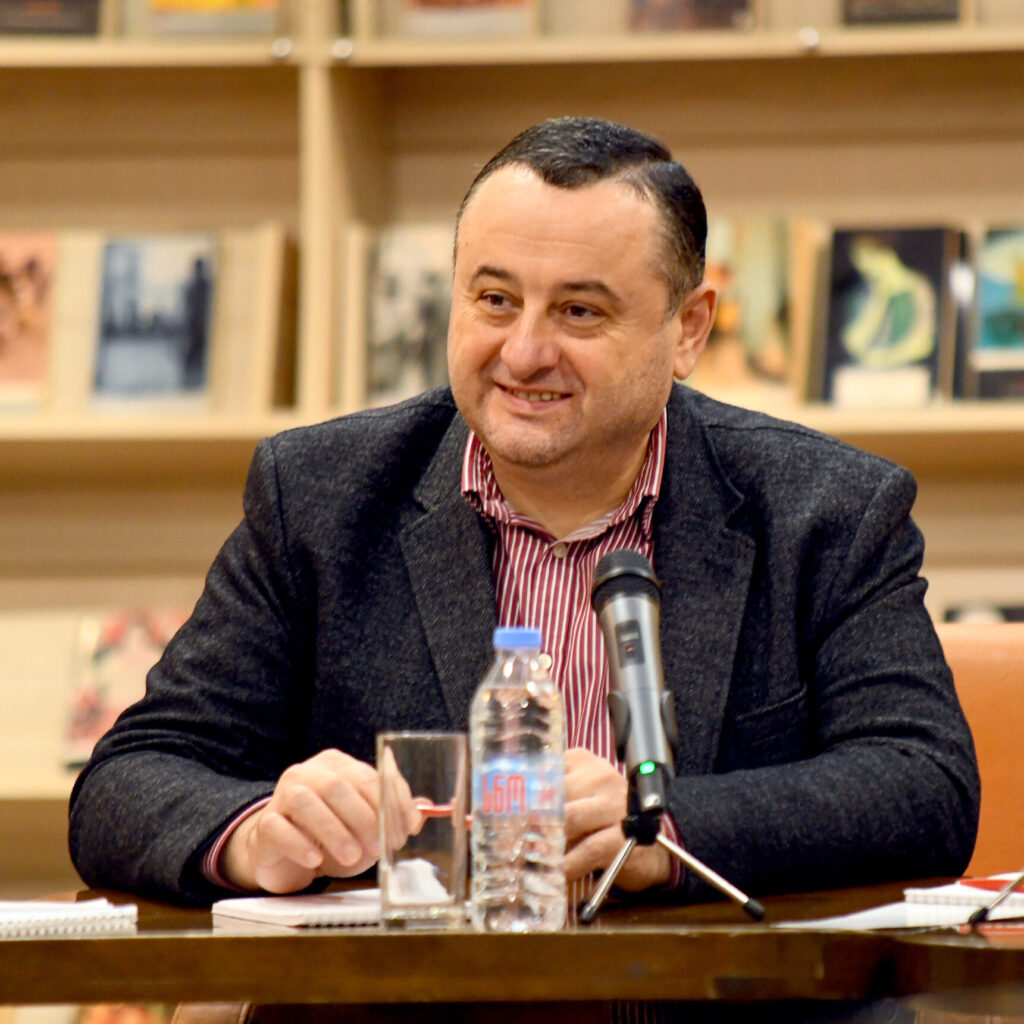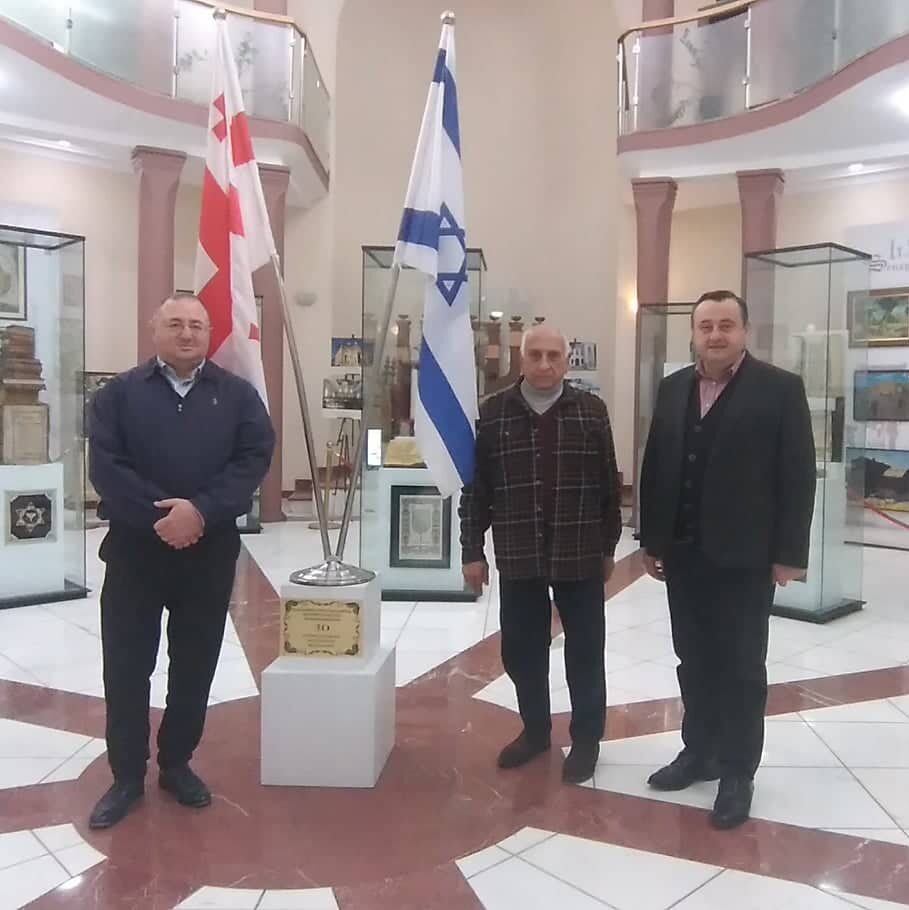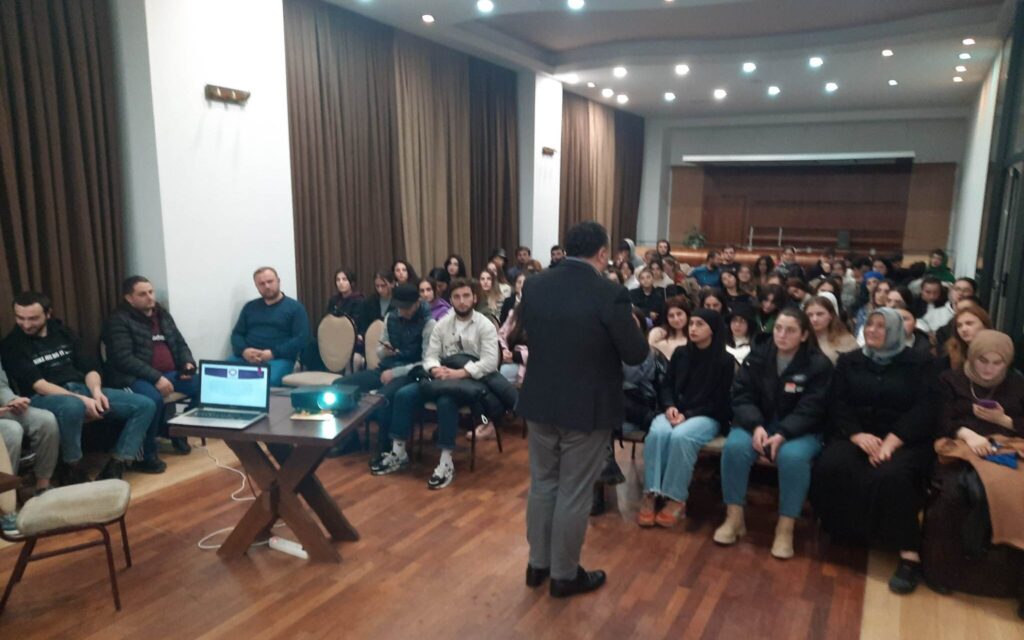With a grant from the JPII Center for Interreligious Dialogue, Vladimer Narsia, JPII Center Leader from Cohort XIV, hopes to bring attention to the long history of Jewish-Christian relations in Georgia. The mission of this project is “to promote the richness of Jewish-Christian relations from its outset up to the present time and magnify the role of Jewish people in the history of Christianity.”

Specifically, Vladimer’s project focuses on the revered St. Sidonia, a first-century Jewish woman consecrated as a saint in the Georgian Orthodox Church. “Sidonia was a Jew, but the Georgian Orthodox Church consecrated her as a Saint,” explains Vladimer. “So, Sidonia is a Christian, in terms of her religion, but ethnically a Jew.”
The Georgian Chronicles, also known as The Georgian Royal Annals, state that St. Sidonia was a founder of Swetickhoveli, one of Georgia’s most ancient churches. Vladimer says that this cathedral is one of “the most venerated and holy places in Georgia” because it is recognized by the Georgian Chronicles as “the burial site of Christ’s robe.”
Vladimer began the implementation of this project at the beginning of October and shares that it is going well. The first of Vladimer’s public lectures around St. Sidonia and the ancient roots of Jewish-Christian relations in Georgia was given to a group of students this fall. Having graduated this spring with a Diploma in Interreligious Dialogue from the Pontifical University of St. Thomas Aquinas in Rome, Italy, where Vladimer was a Russell Berrie Fellow, this lecture also addressed contemporary interreligious dialogue issues within the context of Georgia and beyond.

Vladimer will also collaborate with the Museum of the History of the Georgian Jews, based in Tbilisi. At the conclusion of this project in the spring of next year, he will offer a presentation on Jewish-Christian relations in Georgia and share his project on St. Sidonia. By this point, Vladimer also aims to create a bilingual brochure, in Georgian and English, and create an animated movie clip to further present this important history to the world.
This project was made possible through the support of a JPII Leaders Grant offered by the JPII Center for Interreligious Dialogue.

